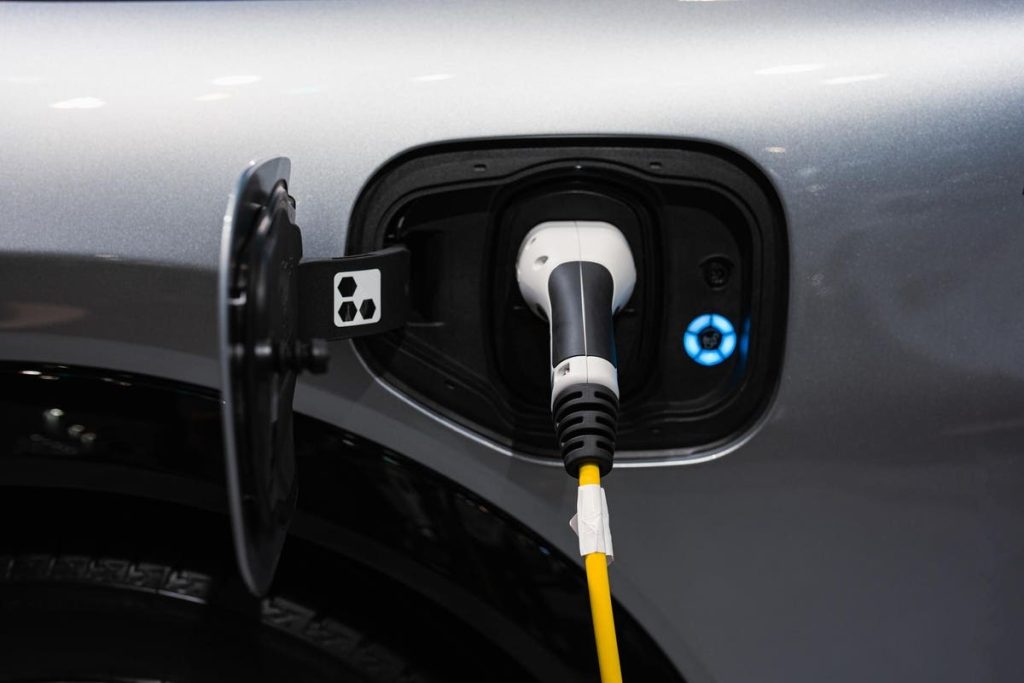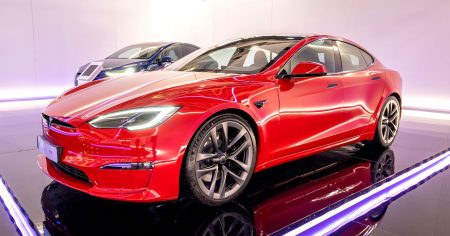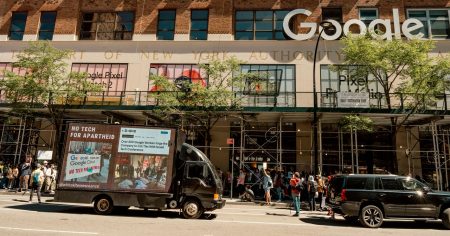Doron Frenkel, founder and CEO of Driivz, a leading EV Charging and Energy Management Platform.
Widespread adoption of electric vehicles (EVs) across all populations and countries is essential to reaching global targets for CO2 reduction. We are making progress: EVs comprised 10% of total new car sales (paywall) in 2022, a 68% increase over 2021. However, to reach net zero CO2 emissions by 2050, the International Energy Association projects that 60% of vehicles sold globally in 2030 will have to be EVs.
As CEO of an EV charging and energy management platform, here are five actions, often interconnected and requiring collaboration across the complex EV ecosystem, that I believe are necessary to accelerate EV adoption and meet sustainability and climate goals.
1. Change consumer attitudes and awareness.
Until a country crosses the tipping point for EV adoption, when EVs exceed 5% of new car sales and sales begin to take off, consumer awareness remains low. For example, in 2020, only 4% of U.S. drivers would “definitely” buy or lease an EV, while by 2022, 14% “definitely” would buy or lease, and 22% would “seriously consider” it. Globally, over half of 2022 consumers intending to buy a car in the next two years said they would choose an EV or hybrid vehicle, a 22% increase over 2020. But that’s still only half.
To broaden acceptance across all demographics, the EV ecosystem should take action to increase awareness about EVs, their impact on the environment and the advantages of ownership, including lower operating and maintenance costs. EV incentives also need to be promoted. Almost half of Americans in 2022 were not aware of any incentives available for electric-only vehicles.
Even with heightened interest, consumers remain concerned about the persistent inhibitors to EV adoption: lack of charging infrastructure, range anxiety and cost. In these areas, actions will speak louder than words as the EV ecosystem works to address these very real issues and remove roadblocks.
The charging ecosystem should be accessible and easy to use for the drivers. And manufacturers and charging network operators can provide more consumer education, such as short videos that explain how and where to charge.
2. Rapidly expand EV charging infrastructure.
EV charging is a chicken-and-egg issue that has a continuing impact on EV adoption. Drivers who don’t have access to residential driveway charging will not adopt EVs unless they are confident that at-work, destination, on-street, highway and other public charging will be readily available. These drivers represent a significant segment of future EV owners, so their concerns need to be addressed today.
Infrastructure builders, on the other hand, are being asked to make capital investments now in a business that won’t generate significant profits until 2030 or thereabouts. In the near term, government subsidies and tax incentives are helping to bridge the gap as network owners monetize their businesses. Much needed are changes in local permitting and grid access, both of which are typically long and complex processes for EV charging operators.
Nonetheless, analysts at Bain & Company assert that “EV charging infrastructure and services critical to the adoption of [EVs] are a huge and strategic new business opportunity,” including smart energy management-based services like vehicle-to-grid (V2G) and vehicle-to-home (V2H). To be profitable, EV charging operators must deliver an excellent customer experience by maximizing charger availability and stability, ensuring ease of use, providing smart user tools and supporting roaming for payments.
3. Transform EVs from a grid liability to a grid asset.
Power utilities need to take action now to upgrade the grid for increased demand from millions of EVs as they work to increase supplies of renewable energy. This includes providing thousands or millions of standardized, reliable, readily available grid connections for EV charging operators to enable infrastructure build-out and increase consumer confidence in the availability of EV charging.
In addition to grid upgrades, utilities can moderate the impact of demand increases by implementing smart charging V2G technology, where the millions of EVs serve as “batteries on wheels.” In this scenario, charge point operators may decide when to charge the vehicles, when to stop charging and when to store energy and feed it back to the grid. Leaders in utilities also need to establish policies and invest in technologies that will enable smart energy management for load balancing and to avoid peak demand increases. These include variable rate structures based on time of use to modify consumer charging behavior, demand response programs for large EV charging users like fleets and elimination of demand charges that penalize EV charging operators.
4. Ramp up EV production and reduce prices.
As consumer awareness and market conditioning work to increase demand, automakers are ramping up production—although this is not a rapid process. It requires new plants and total retooling of production. However, 37 automakers globally are investing $1.2 trillion in EVs and batteries through 2030 to meet production targets of 54 million EVs in 2030. For 2023, new mid-market models will open EV driving to a wider range of buyers, particularly when under $40,000 prices are combined with government-provided incentives to make these models truly affordable.
Leaders in the industry can contribute to the process of electrification of transportation by forming partnerships between different parties in the EV ecosystem. For example, for automakers, EV charging providers and power utilities to generate buzz, educate and excite consumers about the boundless potential which could be realized from zero-emissions transportation.
5. Continue government incentives and EV-friendly regulations.
Between now and 2030, when the EV industry approaches financial viability, technological maturity and broader consumer acceptance, leaders in government need to continue incentives and subsidies that drive supply and demand of vehicles and charging infrastructure. Although incentives have been effective in Norway and the U.K. in accelerating EV adoption, these countries, along with Germany, are phasing out incentives, creating concern that rising inflation and production costs will slow adoption going forward. Yet, if we take Norway as an example, there is a point where EVs become just a vehicle and the only choice for the public, even without incentives.
Looking Ahead
Reducing greenhouse gas emissions is imperative for the health of the planet, and EVs can play a critical role in making that happen. However, current projections for EV adoption indicate that we are not on track to meet road transportation-related CO2 reduction targets. As industry leaders, we need to move faster by taking action on all fronts so more consumers will purchase EVs sooner.
Forbes Business Council is the foremost growth and networking organization for business owners and leaders. Do I qualify?
Read the full article here









